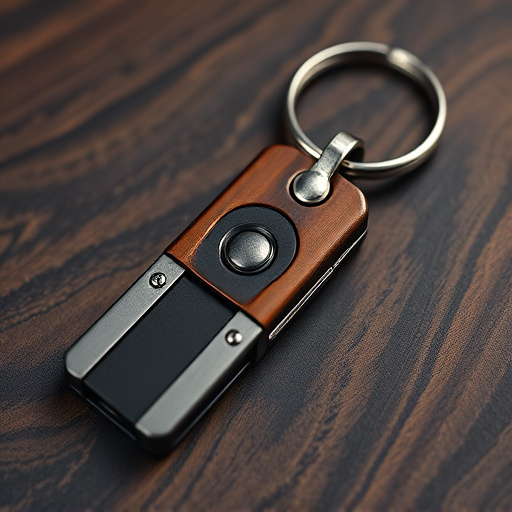Carrying a concealed weapon on a keychain is regulated by region-specific Keychain Weapon Permit Requirements. Compliance is vital for legal carry and safety. Efficient designs integrate seamlessly with daily items, offering swift access to a hidden weapon using advanced materials like stainless steel or titanium. These innovative systems adhere to permit rules, ensuring quick disassembly while maintaining secure closures, revolutionizing discreet and convenient self-defense options.
In today’s world, personal safety is paramount. For those with permits, carrying a weapon is a responsible choice, but discreet concealment poses a challenge. This article explores the innovative concept of integrating weapons into keychain pocket clips, offering a unique solution to meet the Keychain Weapon Permit Requirements. We’ll delve into the legal considerations, design nuances, and creative approaches that transform this everyday accessory into a powerful tool, ensuring both functionality and secrecy.
- Understanding Keychain Weapon Permit Requirements: A Legal Perspective
- Pocket Clip Design Considerations for Optimal Concealment and Functionality
- Creative Solutions: Integrating a Weapon into a Keychain Pocket Clip System
Understanding Keychain Weapon Permit Requirements: A Legal Perspective
In many jurisdictions, carrying a concealed weapon is regulated by specific laws and requires obtaining a permit. Understanding the keychain weapon permit requirements is essential for anyone considering this method of self-defense. These regulations vary across regions, so it’s crucial to research and comply with local laws to avoid legal consequences.
The keychain weapon concealment design should align with the legal framework surrounding concealed carry permits. Keychain weapons, when permitted, offer a discreet and convenient option for individuals seeking personal protection. By adhering to the applicable keychain weapon permit requirements, users can ensure they remain within legal boundaries, promoting safety and peace of mind.
Pocket Clip Design Considerations for Optimal Concealment and Functionality
When designing a keychain weapon concealment with a pocket clip, considerations for optimal concealment and functionality are paramount. The key to successful concealment lies in balancing discreteness with easy accessibility. A well-designed clip should seamlessly integrate with everyday carry items like keys, wallets, or belts while allowing for swift deployment of the concealed weapon. Material choice plays a significant role; lightweight yet durable options like stainless steel or titanium offer both strength and low visibility.
Additionally, the clip’s angle and attachment mechanism must cater to various pocket shapes and sizes, ensuring comfort and reliability. For optimal functionality, consider the keychain’s overall size and weight, ensuring it doesn’t significantly bulk up your carry. Compliance with local keychain weapon permit requirements is essential; designs should accommodate quick disassembly for regulatory compliance while maintaining a secure closure when assembled.
Creative Solutions: Integrating a Weapon into a Keychain Pocket Clip System
Creative solutions are transforming the way we think about weapon concealment, especially in compact forms like a keychain pocket clip system. This innovative design approach allows for seamless integration of a firearm or self-defense tool into an everyday accessory. By utilizing advanced materials and precise engineering, manufacturers have created keychain-sized versions of tactical tools, addressing the growing demand for discreet carry options while adhering to local keychain weapon permit requirements.
The beauty of this system lies in its versatility; users can now carry a hidden deterrent without sacrificing convenience or style. With a simple clip mechanism, these compact weapons can be attached to keys, bags, or even belts, providing quick access during emergencies. This practical solution not only enhances personal safety but also appeals to those seeking efficient and legal ways to carry protective equipment while on the go.
In conclusion, navigating the legal aspects of keychain weapon concealment requires understanding local regulations regarding permit requirements. By considering pocket clip design and exploring creative solutions like integrating weapons into a keychain system, users can achieve optimal concealment while ensuring functionality. These strategies empower individuals to stay prepared in today’s diverse and dynamic environment.
